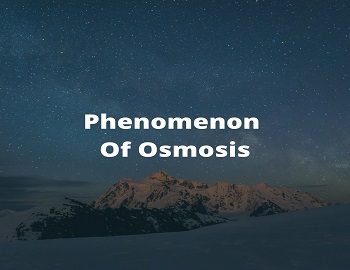Table of Contents
Habitat and Ecological Niche:
Habitat:
Habitat is defined as a specific place or locality where an organism lives. A habitat is a physical entity comprising the sum total of the abiotic factors to which a species or a group of species is exposed. It may be as large as the ocean, Pond, lake or forest. A habitat may be divided into microhabitats which represent small regions, each occupied by different types of organisms.
For Example-
- In a pond, organisms living at the muddy bottom and those living at the surface represent two microhabitats.
- In a forest, tree canopy and forest floor are separate microhabitats.
Some animals are very specific to their habitat, while others can live in different habitats. For example- Hilsa fish can live both in fresh and seawater, whereas Tubifex (an annelid) can survive only in flowing freshwater.
Ecological Niche:
Each species of a community lives in a very specific part of the habitat and performs certain functions. The habitat together with the functions forms the ecological niche of the species. It also includes its food relations, range of movement, tolerance level and other habits as well as abiotic factors. The niche of an organism is the total position and function of an individual in its environment. No two species of a given community can have exactly the same niche and live permanently together. For example- crickets and Grasshoppers are closely related insects that live in the same habitat, however, each occupies a different ecological niche. The grasshopper is active during daylight, whereas the cricket is active at night. The cricket and the grasshopper do not interfere with each other’s activities in the same habitat.
- Phylum Platyhelminthes (The Flatworms)
- Phylum Coelenterata or Cnidaria
- Structure and Functions of Phloem
- Factors affecting rate of Photosynthesis
- Differences Between Arteries and Veins
- Sexual Reproduction in Plants
- Heterocrine Gland Pancreas
- Gonads (Ovaries in Females and Testes in Male)
- Nutrition and Digestion-NIOS









Comments (No)